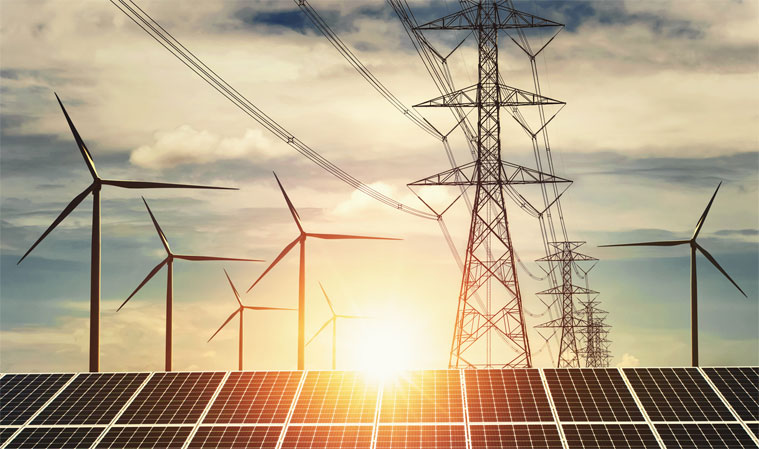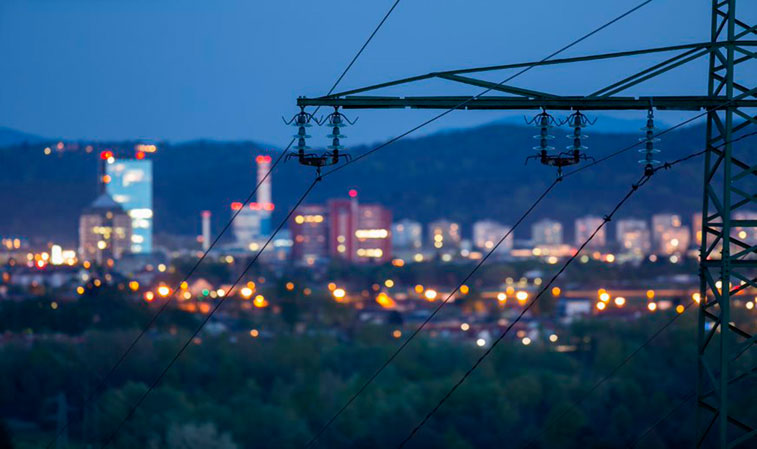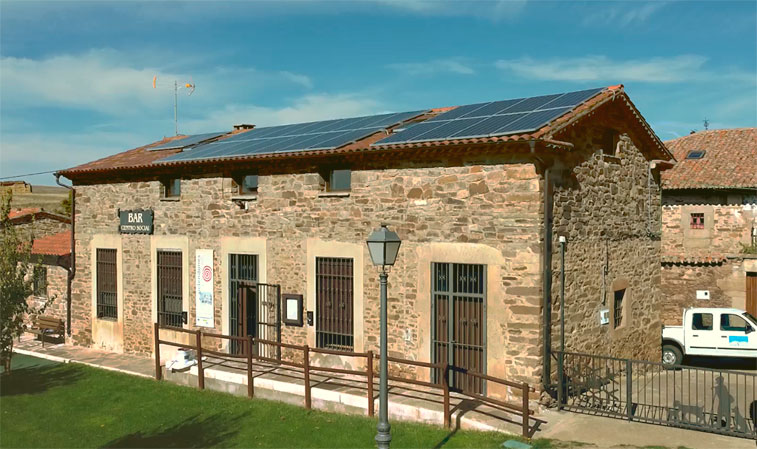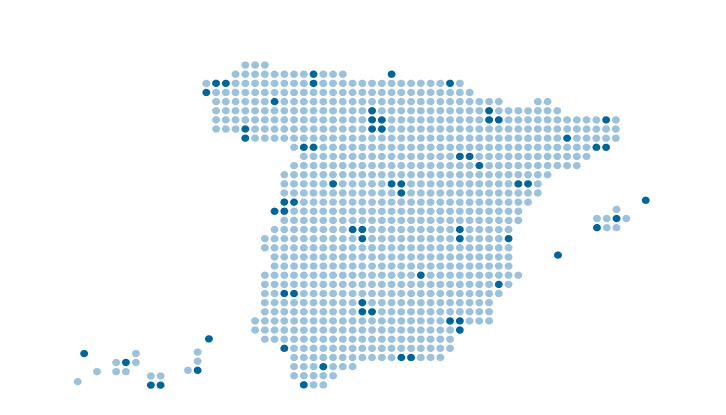Network Development Plan
We use planning to grow our electricity transmission grid so that our electricity supply continues to be safe, high-quality, and increasingly renewable. To make our country more eco-friendly, connected, and full of opportunities.
Electrificación: una oportunidad país
España cuenta con una de las redes eléctricas más sólidas de Europa. La propuesta de nueva planificación eléctrica 2025-30 prevé +13.000M € para impulsar innovación y empleo.

A more eco-friendly country
The fight against the climate emergency requires us to move towards a decarbonised electricity system. The developments included in the Plan will help us make our electricity transmission grid more capable of safely connecting to and integrating renewable energy.

A more connected country
Our electricity grid is one of the best in the world. We enjoy a safe, continuous, high-quality supply. The different Plans have enabled us to reinforce the reliability of our supply, offering support for new demands, strengthening isolated systems, and enabling the electrification of our transport system.

A country of opportunities
A robust, safe and efficient electricity system is vital for enabling the economic and social progress of our country. The initiatives laid out in the Plan will stimulate business activity and the industrial fabric of our regions, generating significant savings and efficiency. They are drivers of employment, wealth, and new opportunities.
MILLIONS
MILLION PER YEAR SAVINGS FOR THE ELECTRICITY SYSTEM
SHARE OF RENEWABLE RENEWABLE ENERGIES IN THE MIX IN 2026
REDUCTION OF CO2 EQ EMISSIONS EMISSIONS REDUCTION COMPARED TO 2019
MILLIONS
MILLION PER YEAR SAVINGS FOR THE ELECTRICITY SYSTEM
SHARE OF RENEWABLE RENEWABLE ENERGIES IN THE MIX IN 2026
REDUCTION OF CO2 EQ EMISSIONS EMISSIONS REDUCTION COMPARED TO 2019

